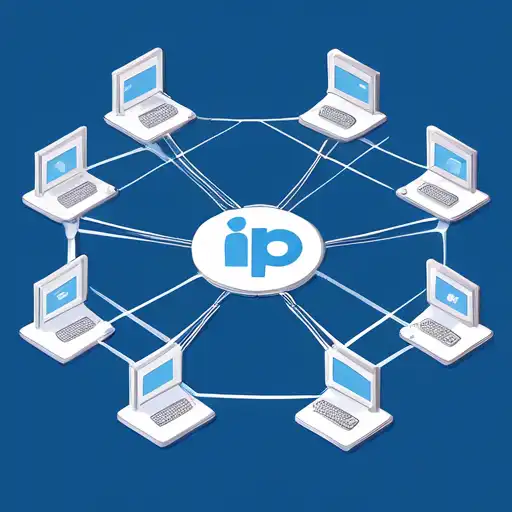Introduction to IP Addresses
In the digital world, IP addresses play a crucial role in connecting devices across the internet. An IP (Internet Protocol) address is a unique identifier assigned to each device connected to a network, enabling them to communicate with each other. This guide will walk you through the basics of IP addresses, their types, and how they function within networks.
What is an IP Address?
An IP address is a numerical label assigned to each device participating in a computer network that uses the Internet Protocol for communication. It serves two main functions: identifying the host or network interface and providing the location of the host in the network.
Types of IP Addresses
There are two primary versions of IP addresses in use today:
- IPv4 (Internet Protocol version 4): The most widely used version, consisting of four numbers separated by dots (e.g., 192.168.1.1).
- IPv6 (Internet Protocol version 6): Developed to deal with the long-anticipated problem of IPv4 address exhaustion, it uses a 128-bit address, allowing for a vastly larger number of unique addresses.
How IP Addresses Work
IP addresses are the backbone of internet communication. When you type a website's name into your browser, a Domain Name System (DNS) server translates the name into an IP address, which your device uses to connect to the website's server. This process happens in milliseconds, allowing for seamless browsing experiences.
Static vs. Dynamic IP Addresses
IP addresses can be either static or dynamic:
- Static IP Addresses: These are permanent and do not change over time. They are often used by websites or servers that need a constant address.
- Dynamic IP Addresses: These are temporary and can change each time a device connects to the network. Most home networks use dynamic IP addresses assigned by the ISP.
Why Understanding IP Addresses is Important
Grasping the concept of IP addresses is fundamental for anyone looking to understand how the internet works. Whether you're setting up a home network, troubleshooting connectivity issues, or diving into network security, knowing how IP addresses function is essential.
Conclusion
IP addresses are a fundamental aspect of networking, enabling devices to communicate over the internet. By understanding the different types of IP addresses and how they work, you can better navigate the complexities of modern networks. For more insights into networking basics, check out our guide on Networking Fundamentals.
